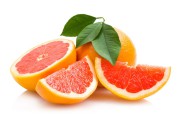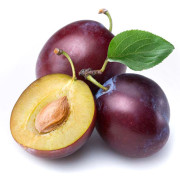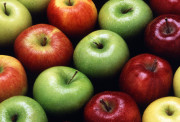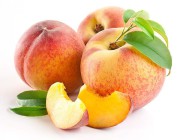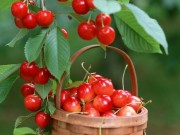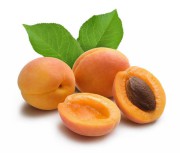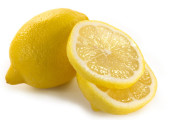Beautiful quince - tree and fruits: description, properties, benefits and harm to the body.
Quince is a fruit tree reaching 5 meters in height. It has oval leaves covered with hairs underneath. The quince fruit is also hairy, oval or pear-shaped. Quince was brought to us from Asia. Today it grows in Ukraine, Moldova and Central Asia. This crop is valued for its fragrant fruits and can be used as a pear rootstock. This plant is propagated by seeds, layering and cuttings. Its fruits are eaten raw and used in cooking. Quinces are used to prepare compotes, pie fillings, jams, jelly and seasonings for meat dishes.
Quince components.
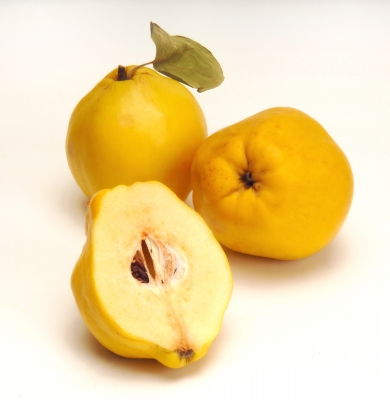
Quince is considered a dietary product; 100 g of raw fruit contains only 40 kcal. Canned quince has a calorie content of 42 kcal per 100 g. Therefore, it can be included in the diet of overweight people. Quince contains a lot of pectin, glucose, fructose, potassium salts, iron, calcium, copper and phosphorus.
The benefits of quince.
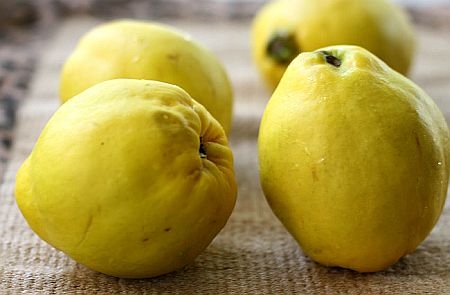
This plant has been used as a medicinal remedy since ancient times. A decoction of its fruits was taken for diseases of the stomach and intestines. Quince helps with diarrhea, jaundice and palpitations. Boiled and mashed quince are eaten for liver diseases and vomiting. The juice and fresh fruits of this plant are recommended to be eaten for anemia and diseases of the cardiovascular system. They are also useful for diarrhea with bleeding.
The quince fruit has an astringent, hemostatic, diuretic and antiseptic effect.The seeds of this plant have softening, enveloping and bactericidal properties.
Avicenna wrote that quince fruits are good to use for upset digestion. He recommended drinking juice with vinegar and honey to strengthen the stomach and liver. Tea made from the leaves of this plant is a good diuretic for sick kidneys. And tea made from quince fruits is a diuretic for edema from cardiovascular diseases.
Harm to quince.

There are cases when quince is contraindicated. Its pulp and seeds have astringent properties and fix. Therefore, you should not eat quince if you have constipation or pleurisy. The hairs on the surface of the fruits of this crop irritate the vocal cords and larynx. It can cause a cough; the fluff irritates the mucous membrane of the throat. Therefore, it is better for singers and speakers not to use it.
When raw, quince is very hard. But after baking or boiling, its fruits become soft, fragrant, and acquire a beautiful amber color. Quince is added to meat and served with cheese or mushrooms. Desserts with quince, jams, marmalade, candied fruits and preserves are very popular in cooking.
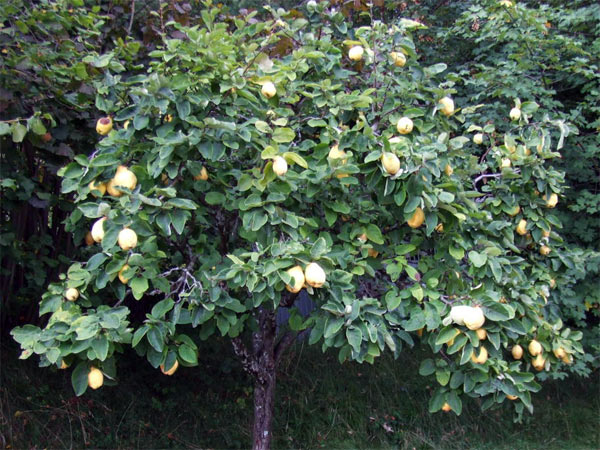
Photo: Quince tree.
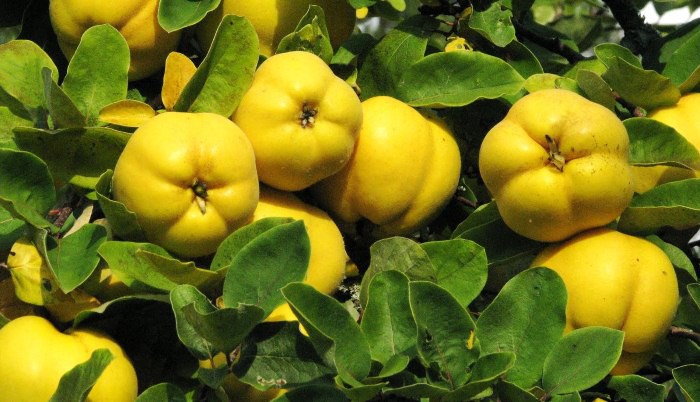
Photo: Quince fruits on a branch.




